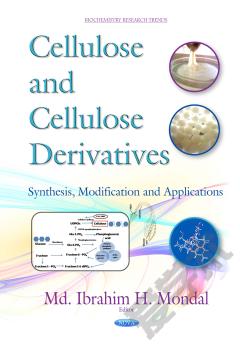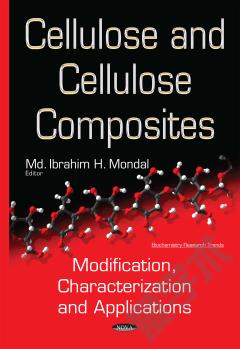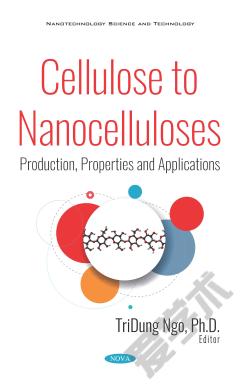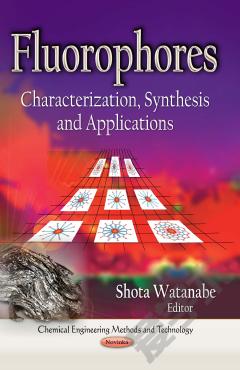Cellulose and Cellulose Derivatives: Synthesis, Modification and Applications
Cellulose is the principal constituent of all plant life; it is the most abundant, important and fascinating biopolymer on earth. Cellulose, as an almost inexhaustible, environmentally benign and renewable material, has stimulated basic and applied research as well as inspired significant progress in Polymer Science. In recent years, cellulose has gained renewed importance as a raw material. Although ground breaking research is carried out on cellulose, it still possesses high potential for future applications; it can be easily modified to more natural and sustainable alternatives compared to synthetic products by certain techniques. The present book reviews some vital issues and topics on the latest science and technological advances in cellulose and its derivatives. This catalog acts as an essential source of information to readers in the exploration for possible applications of cellulose and its derivatives. The authors hope this collection will spark a generation of new ideas for product development. The present book contains 25 invited contributions written by leading experts in the field of cellulose and cellulose derivatives. It is divided into three parts: Part I, Cellulose Synthesis and Modification; Part II, Cellulose Derivatives; and Part III, Applications of Cellulose Derivatives. Highlights of this book include the mechanism of cellulose formation in biosynthetical processes; surface modification and functionalization of cellulose fibers; advances in the homogenous and heterogeneous phase modification of cellulose to create unusual and functional derivatives; analysis and characterization of modified derivatives; derivatives for antimicrobial, medical and pharmaceutical applications, and wastewater treatment; dendronized and hyperbranched cellulose derivatives; and rheology of nanocellulosic systems.
{{comment.content}}








 京公网安备 11010802027623号
京公网安备 11010802027623号